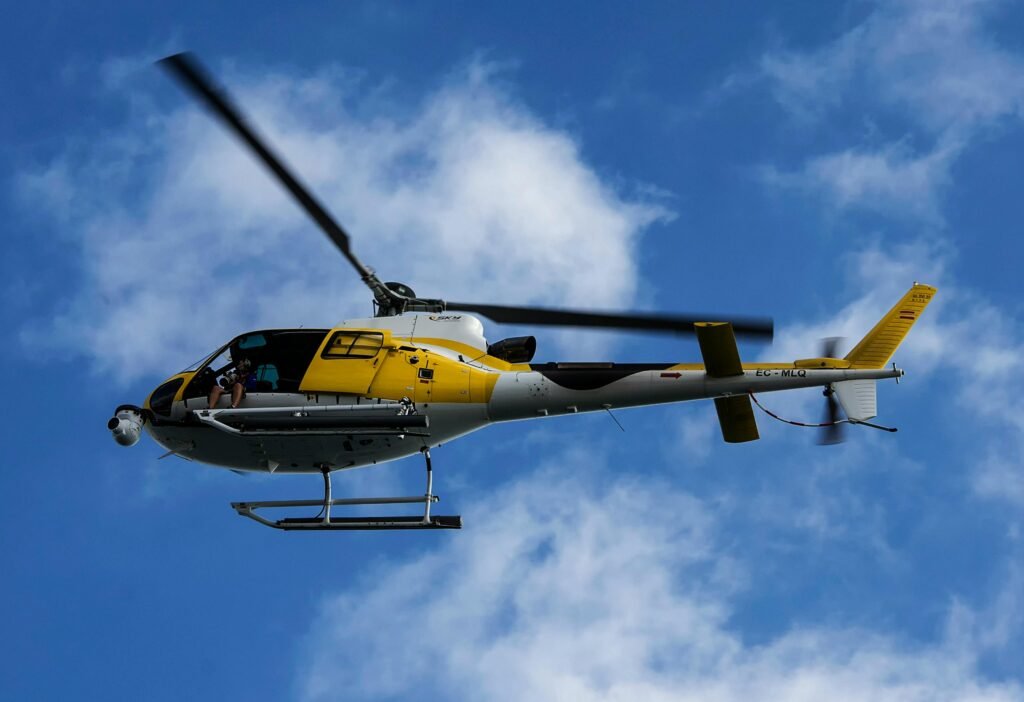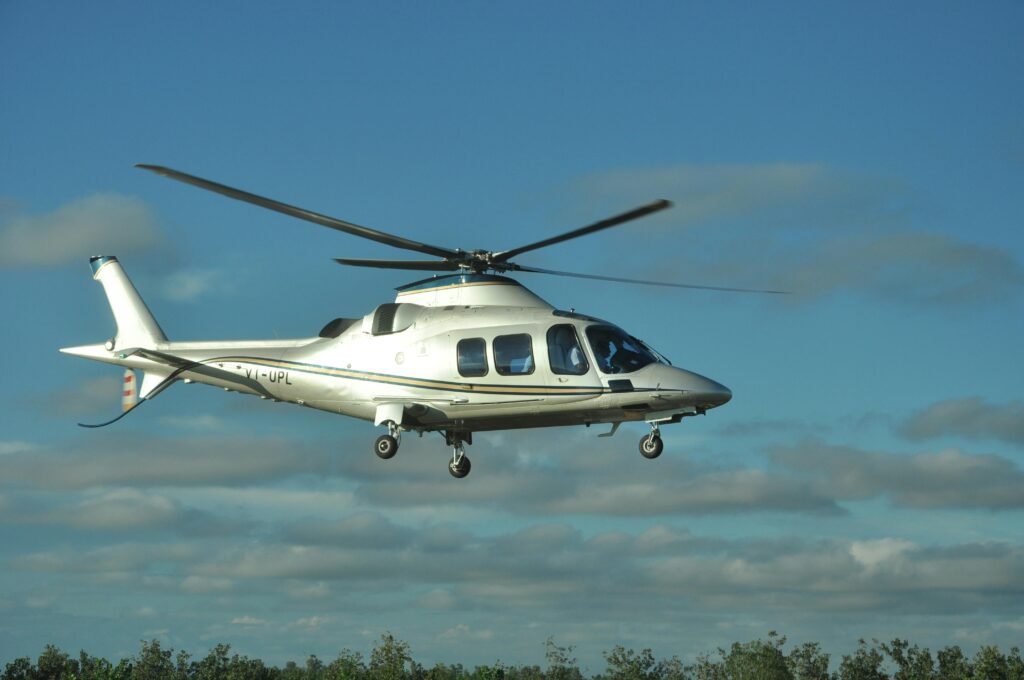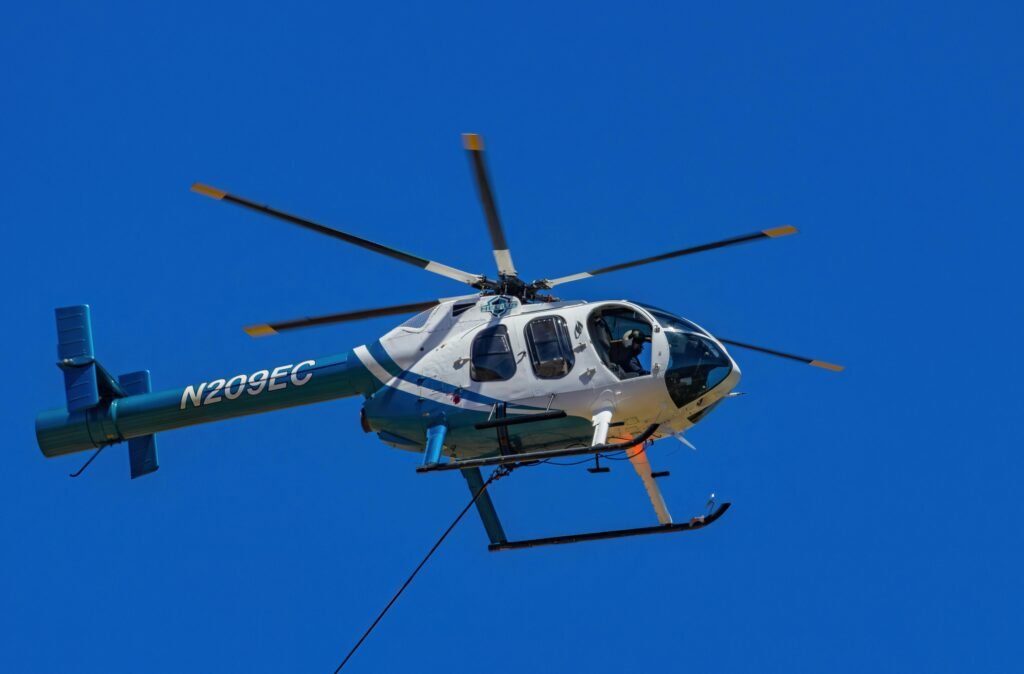🚁 Aerial Ride Regulations Around the World: 7 Critical Facts Every Traveler Should Know
As the popularity of helicopter tours, hot air balloon rides, and private jet experiences rises, so does the need to understand the rules that govern them. From licensing requirements to weather restrictions, aerial ride regulations around the world are designed to keep passengers safe, skies organized, and tourism responsible.
At DreamSafar.in, we believe that informed travelers are safer travelers. Here’s a simple, clear guide to the 7 critical facts you must know about aerial ride regulations worldwide before your next sky adventure.
🌎 1. Different Countries, Different Aviation Authorities
Every country regulates its skies through a central authority:
-
USA: Federal Aviation Administration (FAA)
-
Europe: European Union Aviation Safety Agency (EASA)
-
India: Directorate General of Civil Aviation (DGCA)
-
Australia: Civil Aviation Safety Authority (CASA)
-
UAE: General Civil Aviation Authority (GCAA)
Each agency sets rules for:
-
Pilot licensing
-
Aircraft maintenance
-
Passenger safety protocols
-
Insurance and liability
✈️ 2. Operator Certification is Mandatory
No aerial ride can operate legally without:
-
Air Operator Certificate (AOC)
-
Commercial Operating License
-
Tourism-Specific Permits (for sightseeing rides)
DreamSafar.in always books experiences with fully licensed operators, ensuring 100% compliance with aviation laws.
☀️ 3. Weather Conditions Are Strictly Regulated
Flying rules based on weather include:
-
Visual Flight Rules (VFR): Only operate in clear weather
-
Instrument Flight Rules (IFR): Permit flying in cloudy or low-visibility conditions (needs special pilot training)
In countries like Switzerland, New Zealand, and the USA, strict weather monitoring reduces aerial accidents significantly.
💡 Tip: Always trust the pilot if they postpone a flight due to weather—it’s for your safety!
🧑✈️ 4. Pilot Experience and Certifications Matter Greatly
Aerial tourism pilots must have:
-
Commercial Pilot License (CPL)
-
Tour Operations Endorsements
-
Minimum flying hours (500–1500+ for tours)
-
Specialized certifications for mountain flying, over-water flights, or night operations
Always ask about pilot qualifications when booking, especially for remote or adventure tours.
🛡️ 5. Passenger Safety Briefings Are Mandatory Worldwide
Before boarding any aerial ride, passengers must receive a:
-
Safety equipment demonstration (seatbelts, life jackets, headsets)
-
Emergency procedure briefing
-
Weight and balance verification
In the USA and Europe, failure to conduct pre-flight briefings can lead to heavy fines or license suspension for operators.
🌐 6. Drone, Balloon, and Helicopter Rides Have Separate Rules
Besides helicopters and jets:
-
Hot Air Balloon Tours follow balloon-specific aviation codes
-
Drone Rides and Drone Shows have strict height, location, and timing restrictions
-
Paragliding and Ultralight Aircraft require additional safety clearances
Different categories mean different insurance coverages and safety procedures—important to know before you fly.
🚁 7. Global Standards Are Evolving Post-2023
After the pandemic, new international guidelines focus on:
-
Enhanced sanitization protocols
-
Contactless check-ins and boarding
-
Air filtration upgrades inside aircraft cabins
Organizations like ICAO and IATA continue updating global best practices for a safer flying experience.
DreamSafar.in ensures that all operators meet or exceed these updated global aviation safety norms.
📊 Comparison Table: Key Aviation Authorities for Aerial Ride Regulations
| Region | Aviation Authority | Key Responsibility |
|---|---|---|
| USA | FAA | Regulation of air tours and charters |
| Europe | EASA | Harmonized aviation safety across EU |
| India | DGCA | Licensing and aerial tourism approval |
| Australia | CASA | Rural and urban aviation regulations |
| UAE (Dubai) | GCAA | Luxury and corporate flight management |
🔗 Useful Links
❓ FAQ – Aerial Ride Regulations Around the World
Q1. Are aerial ride regulations the same in every country?
A: No. While basic safety principles are universal, every country has its own aviation authority and specific regulations.
Q2. Can I refuse to fly if I feel unsafe?
A: Absolutely! Passengers have the right to refuse boarding if they feel unsafe or if pre-flight protocols aren’t followed.
Q3. What qualifications must pilots have for aerial rides?
A: Commercial licenses, specific endorsements for tour operations, and a minimum number of safe flying hours.
Q4. Are safety briefings compulsory before every ride?
A: Yes, all reputable operators must conduct pre-flight safety briefings before boarding any aircraft.
Q5. Does DreamSafar.in work only with certified operators?
A: Yes! We partner exclusively with fully certified, licensed, and safety-compliant aerial service providers worldwide.
🏷️ Tags
Aerial Ride Regulations Around the World, Aerial Ride Safety Rules, Helicopter Ride Regulations, DreamSafar, Global Aviation Guidelines, Private Charter Laws, Hot Air Balloon Safety, Safe Aerial Tours, Aerial Ride Regulations Around the World,
📢 Call to Action
🚁 Ready to explore the world safely from the skies?
Trust DreamSafar.in to connect you with globally certified and fully regulated aerial ride experiences.
📞 Contact us now or Plan Your Sky Adventure


